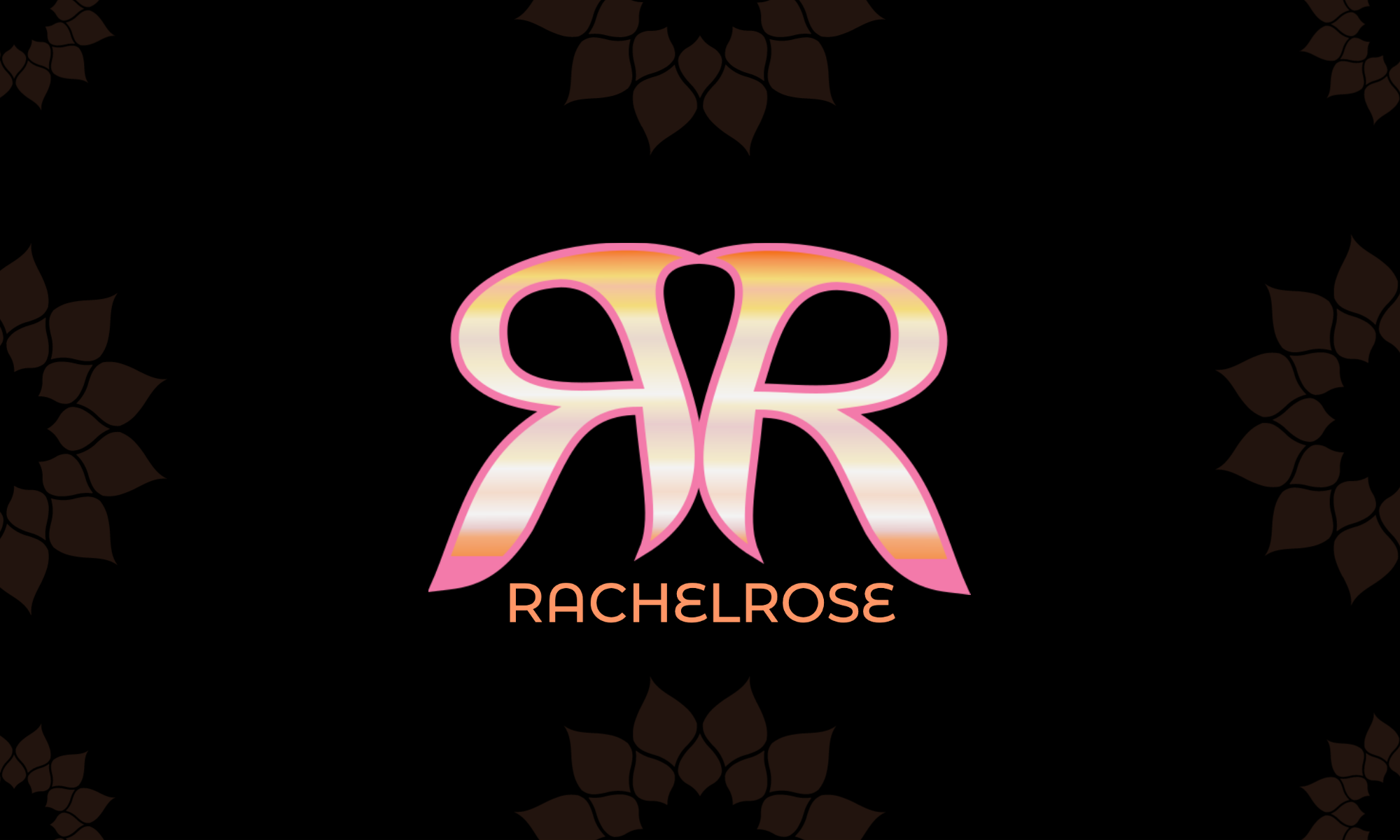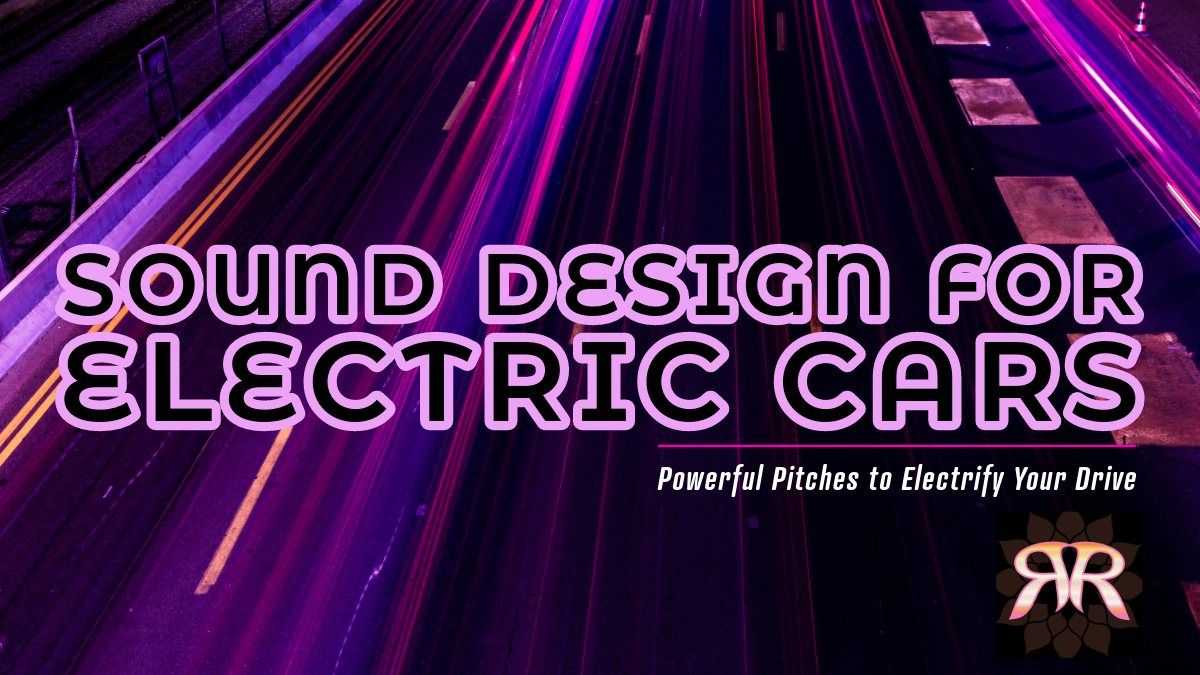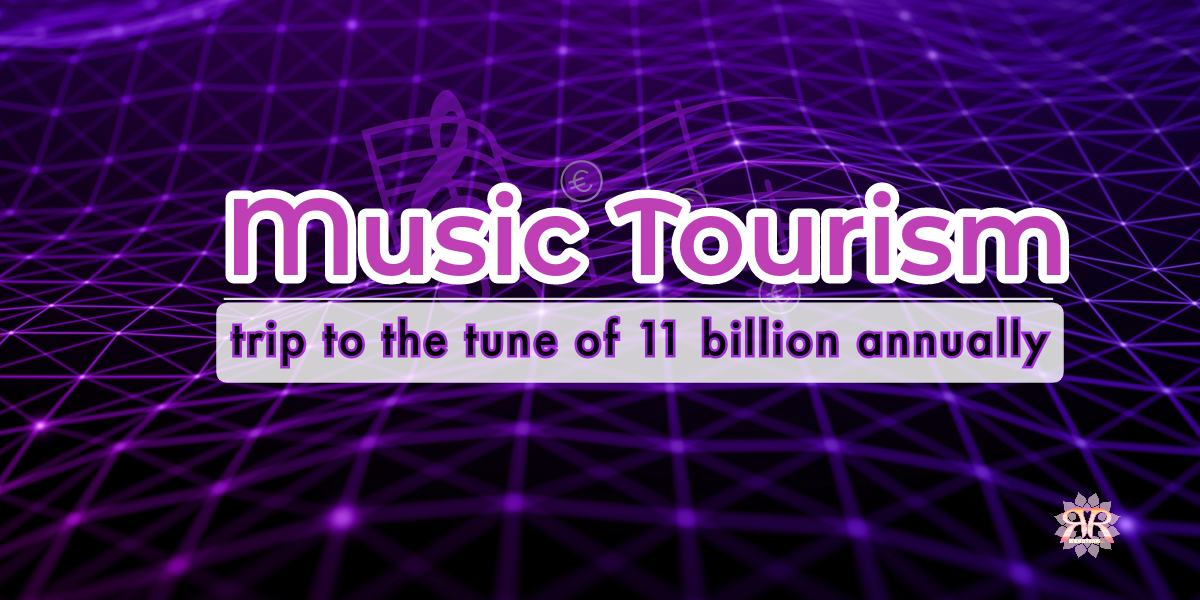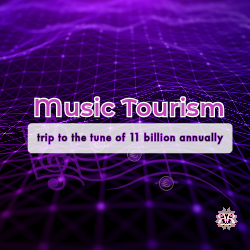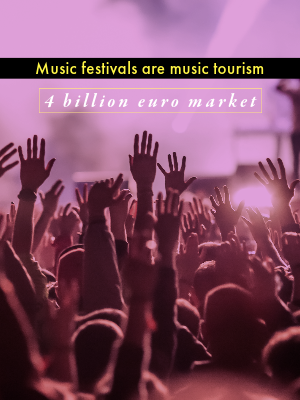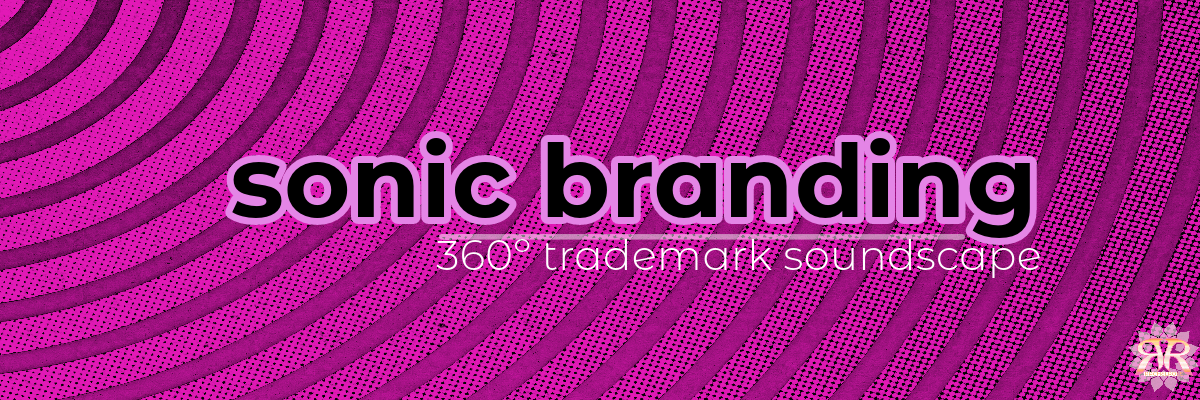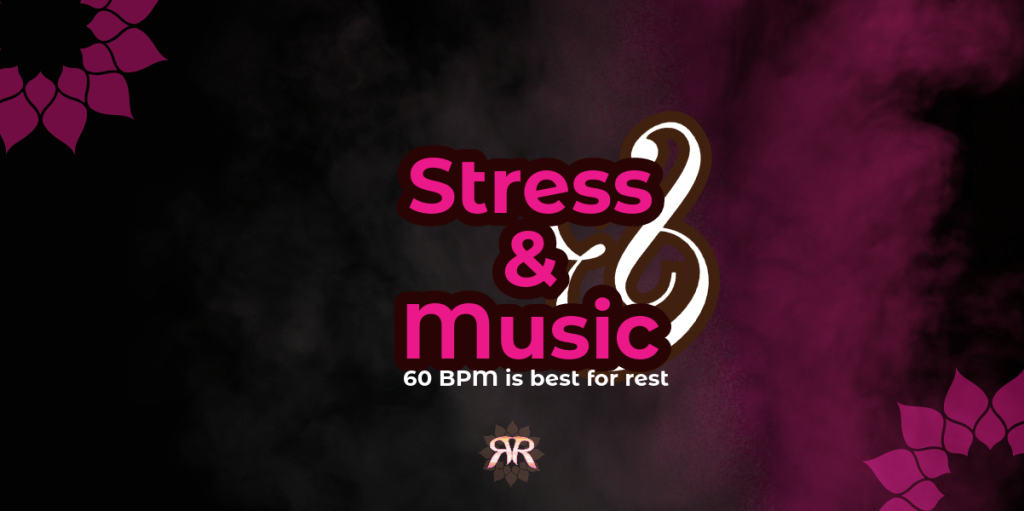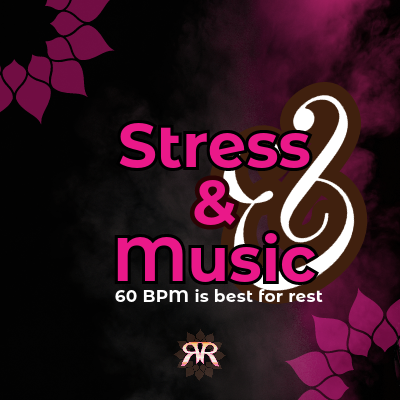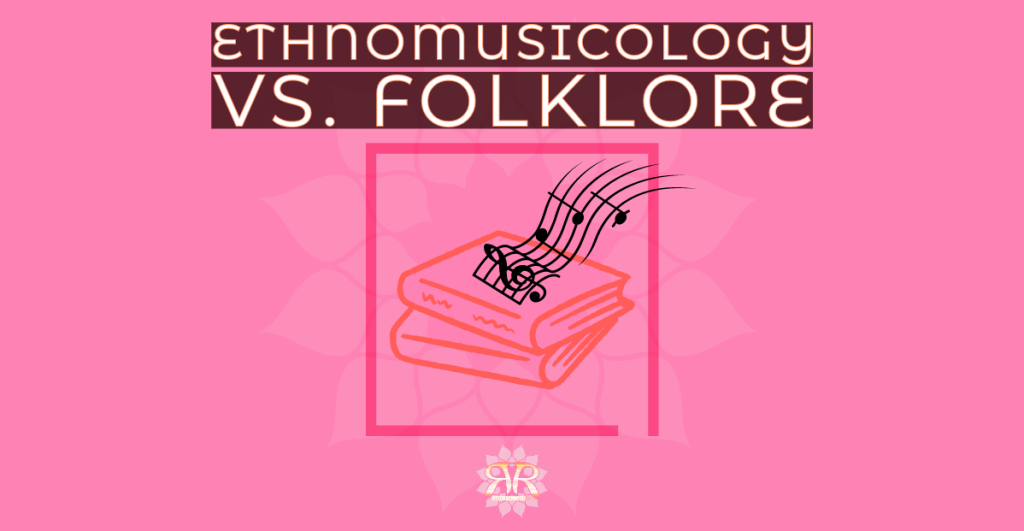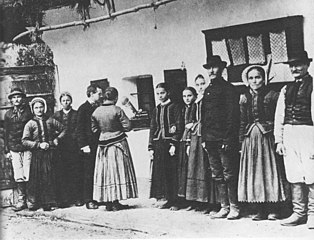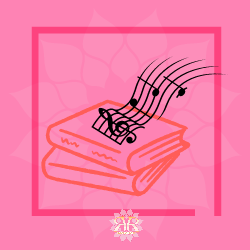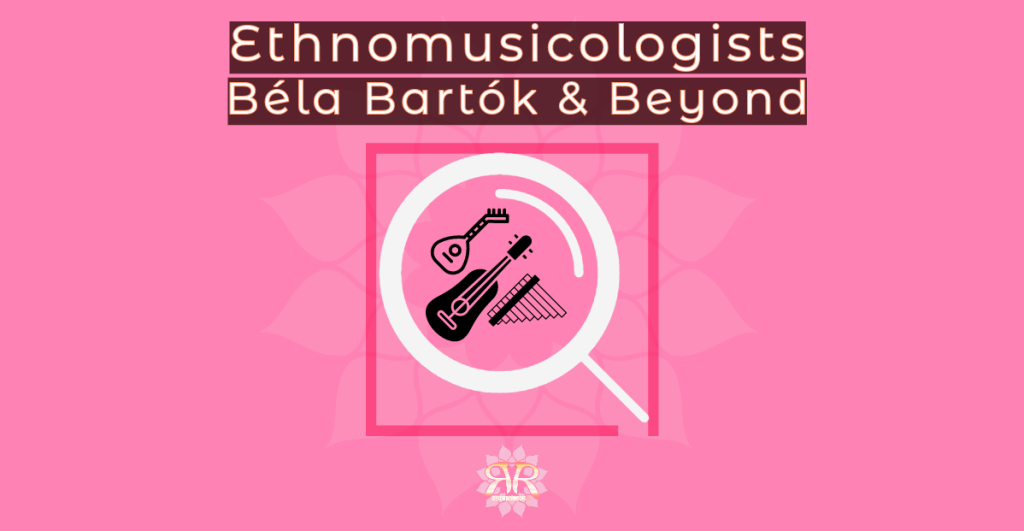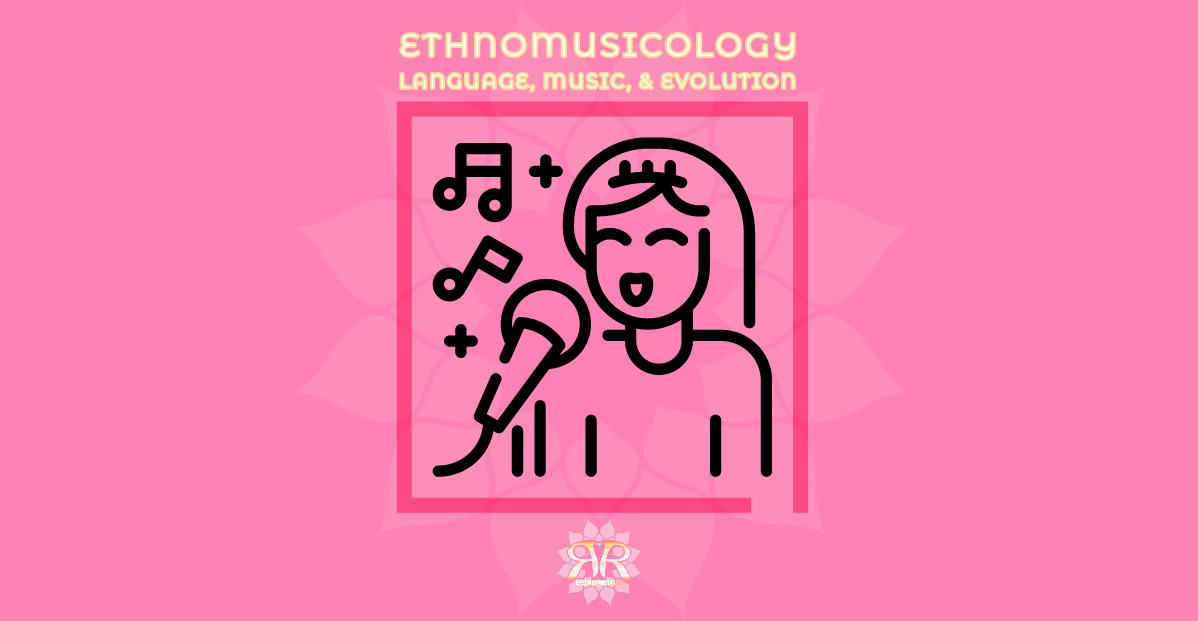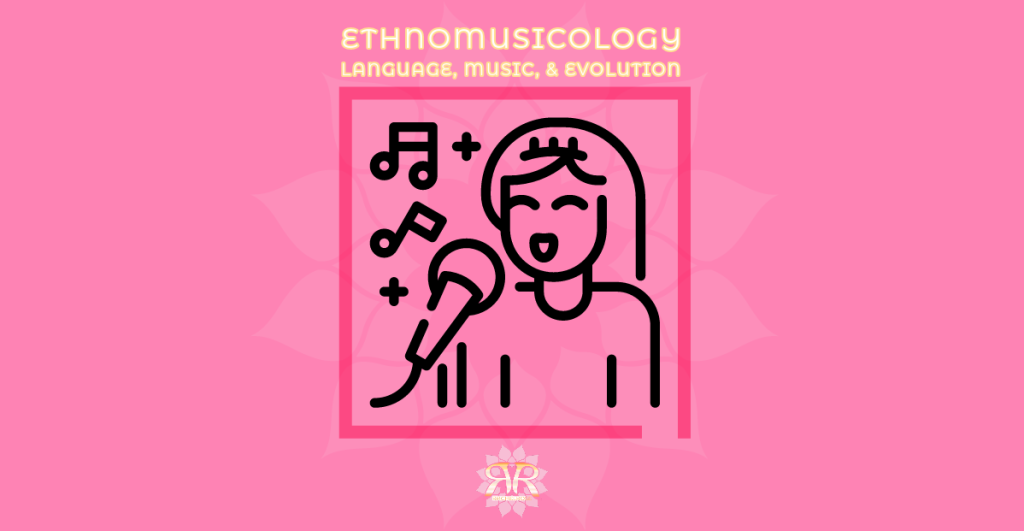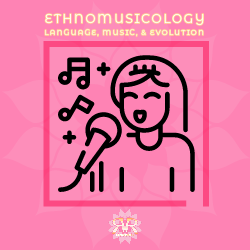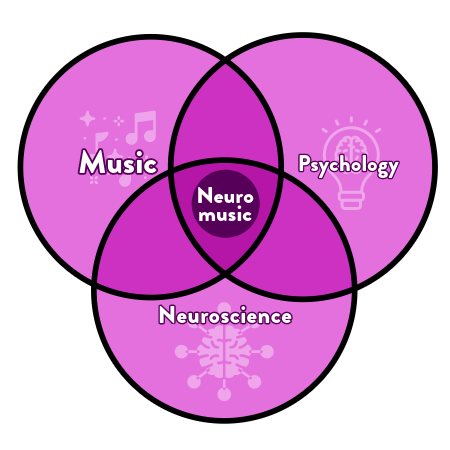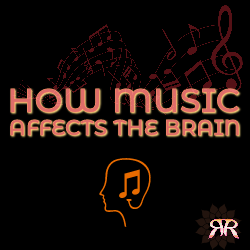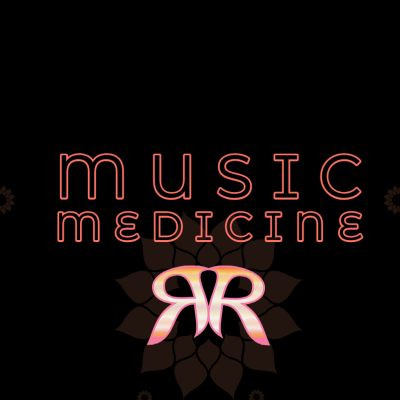Table of Contents

Sound Design for Electric Cars
What does your car sound like?
Electric and hybrid car sales are on the rise. More drivers are using cleaner technologies in their vehicles to help meet climate change goals and reduce pollution in cities. There are major differences between the old and the new cars. An important one that could be overlooked is how they sound.
Continuing from my previous post on sonic branding, I decided to explore the sound design of electric vehicles (EV). I have discovered that it’s not only about audio branding, which helps connect a brand to its users’ feelings. The noise of electric vehicles is important for safety. It affects both the drivers of these vehicles and the pedestrians they encounter.
There is a sonic familiarity with driving cars with internal combustion engines (ICE). The rumble of tires on the road, the whoosh of air beyond the windows, and the vibration of the engine. It is almost comforting, such is its intimacy and involvement in our everyday lives. I can still recall the sound and feel of my father’s Oldsmobile as it crushed ice and sand on the frozen streets of Canada.
Electric models have none of the roar and reverb of ICE cars. The earliest electric cars were found to be hazardous to pedestrians precisely because of their silence. As a result, car manufacturers have turned to sound designers to help them solve this problem.
VSP: Vehicle Sound for Pedestrians.
VSP was developed by Nissan. It is obligatory on all EV. There is a very comprehensive Wikipedia article about EV warning sounds.
Sound design: Case studies
Here is a selection of five case studies of electric car companies that have used sound in their vehicles.
Nissan
Man Made Music was commissioned by Nissan to create the sonic branding for their range of electric automobiles. Here is a fascinating video about the creative process.
Nissan prototyped EV way back in 1947! They have been making different models ever since.
Nissan was a pioneer in creating electric cars for modern living. From our first EV in 1947 to the new Nissan Ariya, from ice cream vans to robot co-pilots, our electric-powered lineup has changed with the times and drivers’ needs.
https://www.nissan-global.com/EN/STORIES/RELEASES/nissan-ev-history/
Renault
Jean Michel Jarre created the sound design behind Renault’s electric vehicles. Here is a video that gives us a glimpse behind the scenes.
Renault is the European EV market leader. In 2021, their electric vehicles were the most popular in Europe, accounting for almost 15% of all electric vehicles sold. With this being the case, the way those vehicles sound is vitally important! (https://www.renaultgroup.com/en/innovation-2/electric-vehicle/)
There is a fascinating breakdown of their sound design process in this article, “Renault, in tune with the sound.”
Toyota
According to some bloggers, Toyota is lagging in the EV game. The Prius was an early hybrid EV, with the first models hitting the Japanese market way back in 1997. They are, however, working on fuel-cell cars instead of battery-electric vehicles. All Toyota’s EV have sound design.
Tesla
Tesla cars also have a catalogue of noises. They also have what looks like an ass-kicking sound system!
Lexus
Lexus makes three types of luxury EV. They have been building EVs since 2015. Given their expertise in the luxury automotive industry, it comes as no surprise that their sound design follows suit, embodying the same level of refinement and excellence.
Lexus sound design was done by Man Made Music, as was Nissan’s. Lexus engineers created in-cabin sounds to convey the exhilaration of driving. Engineers matched sound frequencies to the vehicle’s speed and sound levels during dynamic actions such as acceleration. The underfloor battery reduces noise and the hood opening is sealed to prevent turbulent airflow noise.
The Lexus sonic logo, affectionately named The Open Door, brings together these two elements (Takumi Craft and Omotenashi) to express the highest level of luxury and hospitality through unique,organic instrumentation & breath
https://mademusicstudio.com/case-studies/lexus/
The Neuromusic of Sound Design for Electric Cars
Driving requires a great presence of mind and continual evaluation of everything going on around you. My driving instructor used to say “busy, busy eyes”. I think it could just as well be “busy, busy ears”!
Auditory Spatial Perception
The ears can locate sounds in three dimensions. Our ears provide information about the distance, direction, and movement of a sound source. This is called Auditory Spatial Perception. This takes place in the middle part of the encephalic trunk, or brain stem, the pons.
When we are driving, we are constantly listening to our surroundings. I am continuously aware of changes in the road surface, the wind direction and strength, and, of course, approaching vehicles. At the same time, ICE vehicles make characteristic sounds when accelerating, changing gears and braking. Creating a sound bank for EVs mimics familiar sounds for drivers and keeps them aware of the car’s operation.
Exhilaration
As the Lexus case study points out, there is an emotion associated with driving: exhilaration. Car manufacturers aim to focus on positive emotions such as joy and excitement, although negative emotions like fear and anxiety may also be present. The excitement of a road trip, the feeling of freedom, the happiness of driving…all these emotions are combined in the sound of the car. EVs will have to work with drivers’ historical emotional baggage to be fully accepted.
Sound and the perception of “work”
One of my pet theories is:
We perceive work via the noise it makes. We unconsciously associate silence with a lack of productivity.
Rachel Rose

Industrial Noise
I developed this theory in the mid-1990s while working as a Quality Control Inspector at an industrial bakery. We produced 10,000 loaves an hour. When those loaves left the ovens, they were at about 450º. The loaves would travel around the upper levels of the factory on rolling metal conveyor racks to cool them before slicing and bagging. Every wheel and every chain clanked and clattered.
The noise in that place was deafening. I wore ear protection, but most of the older workers were completely deaf. There was a silo for the flour. To keep it from caking to the inner edge of the silo, a huge metal hammer would hit the silo once every 45 seconds. I was offered well-paid work after that stint, but I refused. The noise made me crazy.
Office Noise
Later, when I was working in tech. I noticed that digital devices that were too silent were often assumed to be non-functioning. The buzzing sound of a cooling fan is interesting. Although it can be annoying in a crowded office where everyone is using computers, it also indicates that work is being done. If you have ever visited a server farm, you will have been stunned by the racket. Not only the servers but the Air Conditioning!
Take, also, the sound of typing. Hark back and remember what old keyboards sounded like. Travel even farther back in time, to the sound of typewriters and carriage returns. Those mechanical noises were an essential and fundamental part of office culture. That has all changed now. I am writing this post on a MacBook Pro. It is a stupendously quiet machine. The only sound I hear is my fingers typing, and I could probably adjust my typing style to make it quieter.
The “work ethic” and noise
The Industrial Revolution made machines a part of our lives. My family is from Yorkshire where steam engines installed in cotton and woolen mills generated huge prosperity. Before the steam loom was invented, weaving was done by hand in cottages. The pieces were then sold to the mills one by one. To house the huge coal-fired steam looms, great glowering red-brick mills were built, and weavers began to work in centralized factories. Can you imagine the noise??
Goodbye industrial noise!
Too quiet cars confound our perception of work. We need our EVs to make noise. But, we need noises that serve a purpose – like protecting pedestrians and confirming that a trunk is closed. What we don’t need is more machine noise! It is a blessedly creative stroke of luck that this noise can be created, calibrated, and filtered. What a joy that industrial noise is finally being eliminated!
Fuzzy Logic – The Future of Music is Traffic
I always like to finish my posts with something whimsical. Marta Santambroglio travelled to India to make an urban soundscape for EV. The result is quite lovely!
As cars become self-driving, passengers stuck in traffic could make music. “In terms of health and well-being, making music is documented to trigger more areas of our brain than any other known stimulus, because it requires coordination but also excites our reward centres,” Santambroglio says. “Such an approach would be revolutionary for traffic, a typical source of stress.”
She partnered with Delhi musicians to create library of local music samples from Indian instruments like the tabla and the shehani, a type of flute. She envisions adding these samples to each vehicle on the road, creating the possibility for on-street jamming.
https://www.fastcompany.com/3048481/the-cars-of-the-future-will-make-music-instead-of-noise
Conclusion
Continuing my studies in Neuromusic constantly ignites my curiosity to explore every corner and crevice of the vast realm of music and sound. What do you think about sound design for EV? Do you have an EV, and if so, do you like how it sounds?
